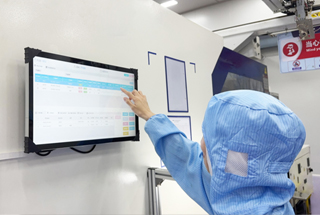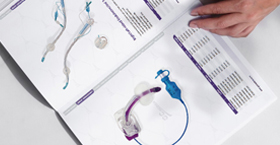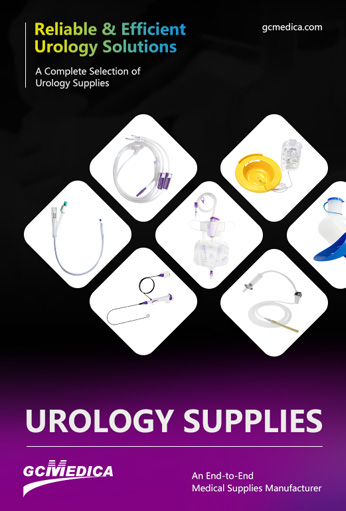A well-stocked urological catheter tray ensures safe, efficient catheterization and ongoing urinary management. Urological catheter supplies encompass all items needed for catheter insertion, maintenance, irrigation, and drainage. Proper selection, aseptic technique, and scheduled replacement of components minimize catheter-associated urinary tract infections (CAUTIs), urethral trauma, and patient discomfort.
Key categories of supplies include:
Catheters & Accessories
Indwelling (Foley) Catheters: Available in silicone or latex, 12–24 Fr sizes, with 5–30 mL balloons.
Intermittent (Straight) Catheters: Single-use or reusable, hydrophilic-coated options offer reduced friction.
Suprapubic Catheters: Tunnelled catheter with a flange or cuff for long-term use.
Drainage Systems
Standard Urine Bags: 500 mL–2 L capacities; refillable, with anti-reflux valves.
Leg Bags: Lightweight, 300–500 mL capacity, straps for ambulation.
Insertion & Irrigation Kits
Sterile Drapes & Gloves: Maintain a “no-touch” field.
Lubricating Jelly: Water-soluble, sterile.
Irrigation Syringes & Solutions: 30–60 mL syringes; sterile saline or antibiotic solutions for blocked catheters.
Securement & Skin Care
Catheter Stabilization Devices: Anchoring straps or adhesive securement to prevent tension.
Perineal Cleansers & Dressings: Antimicrobial wipes; non-irritating barrier films.
Disposal & Safety
Sharps Containers: For needles or lancets.
Biohazard Bags & Liners: Urine-soaked materials disposal.
Below is a concise table summarizing common urological catheter supplies, their purpose, and typical replacement intervals:
| Supply Item | Purpose | Replacement Interval | Care Highlights |
|---|---|---|---|
| Foley Catheter (Silicone) | Continuous drainage, balloon retention | Every 7–14 days | Aseptic insertion, balloon inflation test before use |
| Intermittent Catheter (Hydrophilic) | On-demand bladder emptying | Single-use or per protocol | Sterile technique, adequate lubrication |
| Standard Drainage Bag | Urine collection | Every 5–7 days or PRN | Keep below bladder level, avoid kinks |
| Leg Bag | Ambulatory drainage | Every 3–5 days | Secure straps comfortably, empty when half-full |
| Irrigation Syringe & Saline | Catheter patency maintenance | Single-use for each flush | Use gentle pressure, monitor for resistance |
| Stabilization Strap | Prevents catheter tension and urethral trauma | Per product guidelines (often 5–7 days) | Check skin integrity, reposition daily |
| Antimicrobial Wipes | Periurethral skin cleansing | Daily or PRN | Clean outward from meatus, allow skin to dry |
By coordinating supplies selection with patient mobility, duration of catheterization, and infection risk, healthcare teams optimize urinary management outcomes. Regular inventory checks, staff training on aseptic technique, and patient education on warning signs—fever, pain, blockage—are essential components of quality urological care.
| Urology Supplies > |


 Français
Français Español
Español Products
Products

 About Us
About Us












